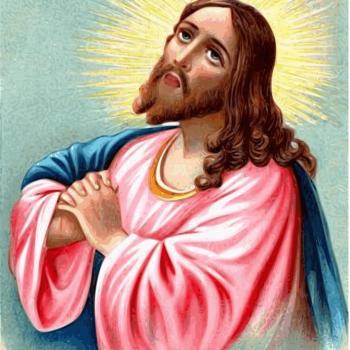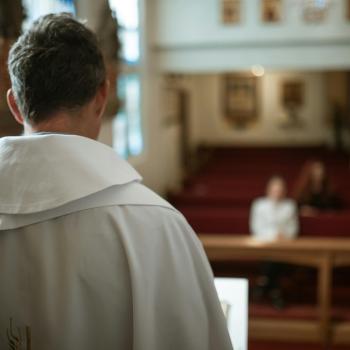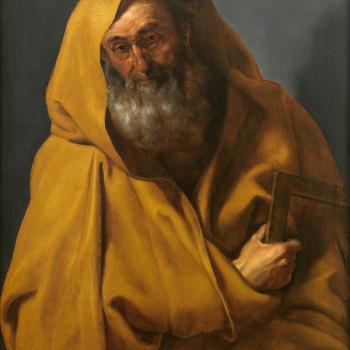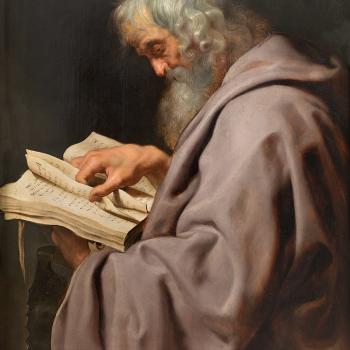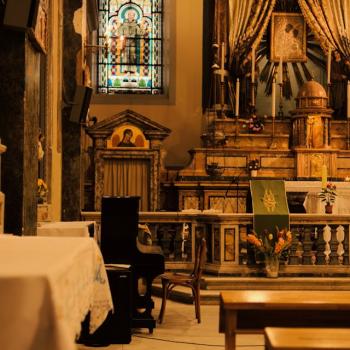In our study of the first twelve apostles, we’ve examined the lives and ministries of those both known and unknown: Peter, Andrew, James son of Zebedee, John, and Philip. There are some we know much about, and others whose lives remain mysterious. In this study, I’ve discovered a third category of the twelve: those who have well-documented histories but, for whatever reason, we don’t hear much about their contributions to the faith.
The Apostle Bartholomew (also called Nathanael or Nathaniel) is one such church leader. From his times with Jesus to his work throughout the ancient world, read on to learn about his contribution to the early church.
Who was Bartholomew?
We have no information on Bartholomew’s early life. Sometimes New Testament references call him Bartholomew and other times call him Nathaniel. Scholars believe Bartholomew was his surname while Nathaniel was his given name. The dual names is confusing to some. In some passages he is Bartholomew and others, Nathaniel. We don’t know if he was married, had any
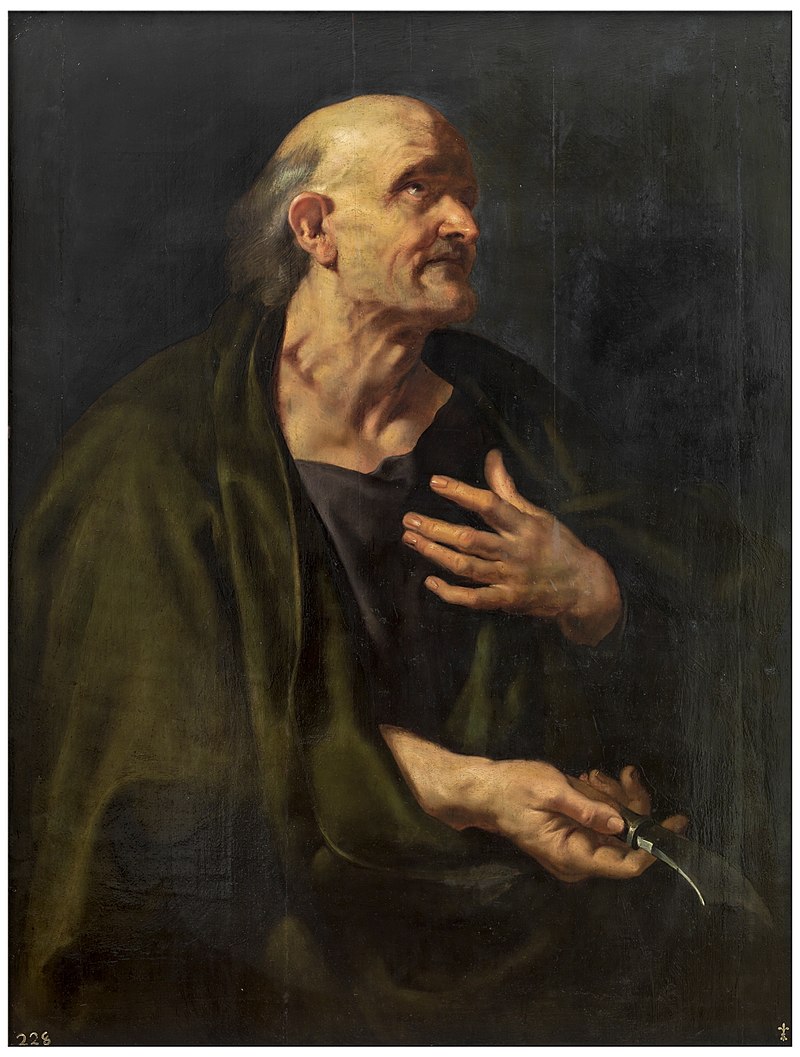
children, or any siblings. He was from Cana, the city where Jesus performed His first miracle.
It was Philip who introduced the Apostle Nathaniel to Christ:
Philip found Nathanael and told him, “We have found the one Moses wrote about in the Law, and about whom the prophets also wrote—Jesus of Nazareth, the son of Joseph.”
“Nazareth! Can anything good come from there?” Nathanael asked.
“Come and see,” said Philip. (John 1:45-46, NIV)
Bartholomew’s walk with Jesus
There are eleven mentions of Bartholomew (four) and Nathaniel (seven). The major story we have of Bartholomew is under the identity of Nathaniel:
When Jesus saw Nathanael approaching, he said of him, “Here truly is an Israelite in whom there is no deceit.”
“How do you know me?” Nathanael asked.
Jesus answered, “I saw you while you were still under the fig tree before Philip called you.”
Then Nathanael declared, “Rabbi, you are the Son of God; you are the king of Israel.”
Jesus said, “You believe because I told you I saw you under the fig tree. You will see greater things than that.” He then added, “Very truly I tell you, you will see ‘heaven open, and the angels of God ascending and descending on the Son of Man.” (John 1:47-51)
Otherwise, we see him:
- Sending out the twelve: Along with the others, Bartholomew was sent out to heal the sick, raise the dead, cleanse lepers, and drive out demons (Matthew 10:1-8, Mark 3:13-19, Luke 6:12-16).
- The Last Supper: Along with the other twelve, Philip was present at the Last Supper (Matthew 26:17, Mark 14:12).
- Jesus appears after the resurrection: Bartholomew was present with six of the twelve when Jesus appeared after rising from the dead (John 21:1-14).
Bartholomew after the resurrection
There’s one other mention of the Apostle Bartholomew in the New Testament, found in Acts 1:12-14, speaking of the election of Matthias to replace Judas:
Then the apostles returned to Jerusalem from the hill called the Mount of Olives, a Sabbath day’s walk from the city. When they arrived, they went upstairs to the room where they were staying. Those present were Peter, John, James and Andrew; Philip and Thomas, Bartholomew and Matthew; James son of Alphaeus and Simon the Zealot, and Judas son of James. They all joined together constantly in prayer, along with the women and Mary the mother of Jesus, and with His brothers. (NIV)
Later accounts
Bartholomew had a rich apostolic ministry throughout much of the ancient world. There are two testimonies about his work in India. both recorded by Eusebius and Jerome. Some suspect his work was in Ethiopia, Yemen, or Saudi Arabia rather than India. Along with the Apostle Jude Thaddeus, Bartholomew was also involved in missionary work in Armenia (now Turkey).
There are four different accounts of his death. In the first, he was kidnapped, beaten, and drowned. The second story depicts him crucified upside down. In the third, he was skinned alive and beheaded. The fourth account is the most detailed. In it, he was tortured and executed for healing and converting Polymius, a local king of Armenia, to Christianity. The accuracy of this story is of debate, as there’s no record of a King Polymius under the Arsacid dynasty of Armenia.
There are three apocryphal writings attributed to Bartholomew:
- The Gospel of Bartholomew, which is lost
- The Questions of Bartholomew
- Book of the Resurrection of Jesus Christ, by Bartholomew the Apostle
Most agree these works weren’t written by Bartholomew himself, and vary in their historical value.
Summary
Even though the details vary about Bartholomew’s ministry, we are able to see he had a powerful influence on many people. Thanks to him, we know that the best thing in history came out of Nazareth.
“Nazareth! Can anything good come from there?” Nathanael asked.
“Come and see,” said Philip.
(John 1:46, NIV)





